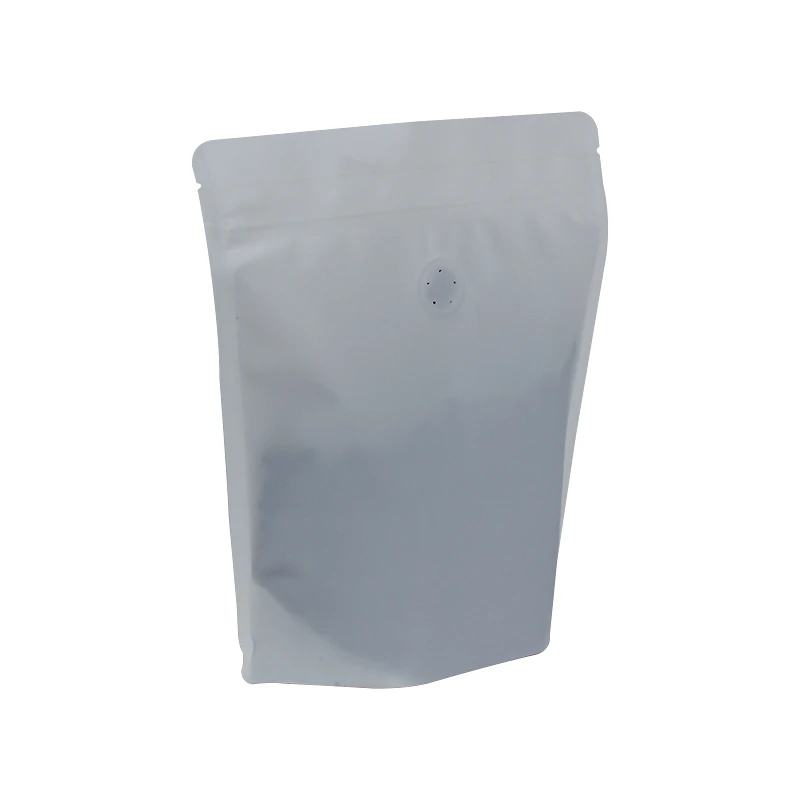- Afrikaans
- Albanian
- Amharic
- Arabic
- Armenian
- Azerbaijani
- Basque
- Belarusian
- Bengali
- Bosnian
- Bulgarian
- Catalan
- Cebuano
- chinese_simplified
- chinese_traditional
- Corsican
- Croatian
- Czech
- Danish
- Dutch
- English
- Esperanto
- Estonian
- Finnish
- French
- Frisian
- Galician
- Georgian
- German
- Greek
- Gujarati
- haitian_creole
- hausa
- hawaiian
- Hebrew
- Hindi
- Miao
- Hungarian
- Icelandic
- igbo
- Indonesian
- irish
- Italian
- Japanese
- Javanese
- Kannada
- kazakh
- Khmer
- Rwandese
- Korean
- Kurdish
- Kyrgyz
- Lao
- Latin
- Latvian
- Lithuanian
- Luxembourgish
- Macedonian
- Malgashi
- Malay
- Malayalam
- Maltese
- Maori
- Marathi
- Mongolian
- Myanmar
- Nepali
- Norwegian
- Norwegian
- Occitan
- Pashto
- Persian
- Polish
- Portuguese
- Punjabi
- Romanian
- Russian
- Samoan
- scottish-gaelic
- Serbian
- Sesotho
- Shona
- Sindhi
- Sinhala
- Slovak
- Slovenian
- Somali
- Spanish
- Sundanese
- Swahili
- Swedish
- Tagalog
- Tajik
- Tamil
- Tatar
- Telugu
- Thai
- Turkish
- Turkmen
- Ukrainian
- Urdu
- Uighur
- Uzbek
- Vietnamese
- Welsh
- Bantu
- Yiddish
- Yoruba
- Zulu
blister card packaging
Understanding Blister Card Packaging An Essential Guide
In the world of packaging, the blister card packaging method has emerged as one of the most popular and efficient solutions, especially for small consumer products. This type of packaging offers a blend of visibility, protection, and convenience, making it a preferred choice for industries ranging from pharmaceuticals to consumer electronics. In this article, we will delve deeper into the components, advantages, and applications of blister card packaging.
What is Blister Card Packaging?
Blister card packaging consists of two main components the blister and the card. The blister is typically made from clear plastic, molded in a shape that holds the product securely. It is attached to a backing card, which is usually made of cardboard or paperboard. This backing card provides structural support and can be printed with essential information such as branding, instructions, and product details.
This packaging method is particularly advantageous for small to medium-sized items. The plastic blister showcases the product effectively, allowing consumers to see what they are purchasing, while the card offers important information and structural stability.
Advantages of Blister Card Packaging
1. Visibility and Marketing One of the primary advantages of blister card packaging is its ability to display the product clearly. Customers are more inclined to buy products that they can see. The clear plastic blister allows potential buyers to view the item without opening the packaging, which can be critical in a retail environment.
2. Product Protection Blister card packaging provides excellent protection for products. The rigid plastic encases the item securely, shielding it from dust, moisture, and physical damage during transportation and storage. This is particularly crucial for fragile items such as electronics or medicines.
3. Cost-Effectiveness Producing blister card packaging can be cost-effective, particularly for mass manufacturing. The materials required are generally inexpensive, and the process can be streamlined for efficient production. When combined with the benefits of reduced return rates due to damage, this leads to tangible cost savings for manufacturers.
blister card packaging

4. User-Friendly Design Many blister packs are designed for easy opening, enabling consumers to access the product quickly. Some designs even incorporate features such as perforated edges or easy-peel films, making them suitable for individuals, including the elderly and those with disabilities.
5. Sustainability With growing environmental concerns, many manufacturers have started utilizing recyclable materials in their blister card packaging. While traditional plastics pose environmental challenges, innovations in materials and processes are making it easier to create eco-friendly options.
Applications of Blister Card Packaging
Blister card packaging is employed across various industries due to its versatility. Some common applications include
- Pharmaceuticals Pill and tablet manufacturers often use blister packaging to ensure that medications are safely sealed, preserving their efficacy and preventing contamination. - Consumer Electronics Small electronic devices, accessories, and components benefit from blister card packaging, which showcases the product while providing adequate protection from physical damage.
- Toys and Games Many toy manufacturers opt for blister card packaging to make products visually appealing and attractive to children, thus enhancing their marketability.
- Tools and Hardware Hand tools and small hardware items are frequently packaged in blister cards, demonstrating durability while remaining easy for consumers to manage in a retail setting.
Conclusion
Blister card packaging remains a crucial element in the packaging industry, balancing aesthetics, functionality, and protection for a multitude of products. As consumer preferences continue to evolve, the demand for visually appealing, sustainable, and user-friendly packaging solutions will undoubtedly increase. By understanding the nuances of blister card packaging, brands can leverage its benefits to enhance product appeal, ensure safety, and ultimately drive sales. As innovations continue in material science and packaging technology, we can expect blister card packaging to adapt and thrive in the ever-changing market landscape.













